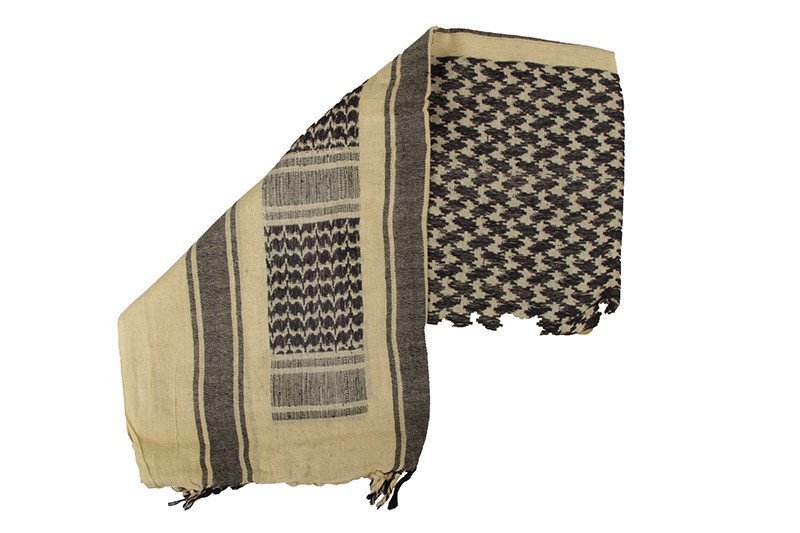- Tipo: 100% algodón Peso: 175gms Tamaño: 120 x 120cm Peso: 170g Color: arena País de origen: Pakistán
The product does not constitute ballistic protection and has no other protective properties. It is not intended for use in protective purposes, including during tactical/war/ASG games.
The use of the product for ballistic protection and/or for other protective purposes, including the use during tactical/war/ASG games, is the use of the product contrary to its intended use, in which case the buyer does so solely at his own risk.
The vendor is not liable for damage to the product, that might result from the use of the product contrary to its intended purpose, this also applies to all possible health consequences (bodily harm) for the user (buyer) or damage to property. Moreover, a misuse of the product will void the warranty on the product.
The vendor is liable to the buyer under the warranty for product defects (in the event of such defects) only if the buyer/user uses the product for its intended purpose, i.e. for purposes other than protective purposes, including the use during tactical/war/ASG games.
The lack of any protective properties of the product is a feature, not a product defect, and therefore it does not constitute a physical defect of the product within the meaning of the Polish Civil Code.
Arafat
Arafat de GFC Tactical está hecha de algodón de alta calidad y producida en Pakistán. Gracias al peso del algodón aplicado de 175 gramos por metro cuadrado, es ideal para su uso tanto en verano como, cuando se pliega, en los periodos más fríos del año.
El arafat, también conocido como kefija, es un tocado tradicional árabe: un trozo de tela cuadrado, normalmente de algodón, doblado y envuelto de diversas maneras alrededor de la cabeza. Se convirtió en la "marca" de Yasser Arafat, que apenas podía ser visto, y mucho menos fotografiado, sin este característico pañuelo. Llevaba la kefiya a la manera tradicional, pero también se ató otra al cuello.
Por diferentes razones, los soldados estadounidenses y británicos durante la guerra con Irak y su posterior ocupación, fueron a menudo fotografiados y filmados con kefiyas alrededor del cuello. La mayoría de las veces eran de color caqui y con un dibujo negro. El motivo puede ser el intento de ganarse a la población árabe, así como consideraciones prácticas. Las imágenes más frecuentes son las de soldados con kefiyas dobladas en triángulo y atadas al cuello. De este modo, el pañuelo puede servir para cubrir la nariz y la boca, lo que, en combinación con las gafas, proporciona una excelente protección contra la arena del desierto.

